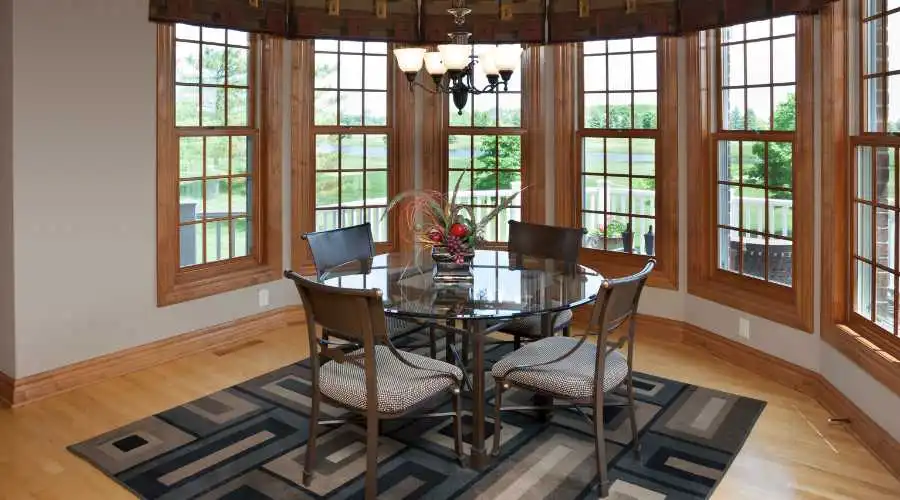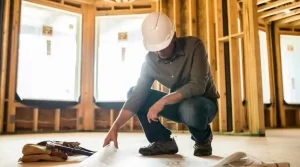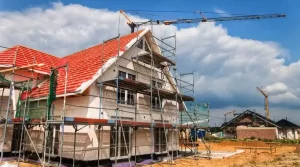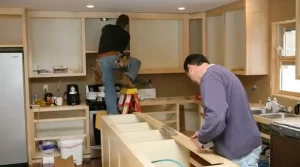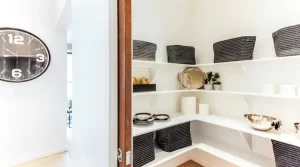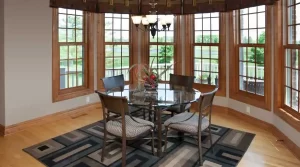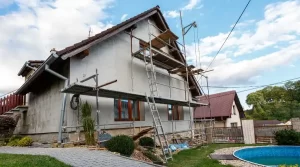As the world continues its shift towards more sustainable living, terms like “passive design” and “green architecture” have become commonplace. These concepts hold great potential for transforming how we build and live in our homes. Among these groundbreaking ideas, the Passive House movement stands out as a remarkable achievement in energy-efficient design, promising unparalleled benefits for homeowners who seek both comfort and environmental responsibility.
In an era where innovation intersects with ecological mindfulness, the Passive House approach emerges as a beacon of hope. But what does it truly mean, and why should it matter to you? It’s not merely about adopting an eco-friendly trend; it’s about making a profound shift in how we understand and interact with our living spaces.
In this article, we’ll delve into the depths of the Passive House concept, uncover its intricate details, and illuminate the reasons why it deserves your attention.
The Essence of the Passive House Difference
To grasp the significance of passive design, we must unravel its meaning. Passive solar principles involve harnessing natural sunlight for warmth through optimized building orientation and strategic window placement. It’s a harmonious blend of architectural ingenuity and the natural world, resulting in energy efficiency.
In contrast, embracing Passive House principles signifies a deliberate commitment to rigorous standards of low-energy consumption. Originating from Germany’s renowned Passivhaus movement, this approach transcends aesthetics and dives deep into the realm of performance metrics.
A certified Passive House represents the zenith of this pursuit. It showcases not only design and construction aligned with the Passive House standard but also verification through a rigorous certification process. This process ensures compliance with stringent energy efficiency benchmarks and third-party scrutiny, reinforcing the integrity of the endeavor.
The Essence of the Passive House
Contrary to its name, a Passive House is anything but passive. It’s a dynamic embodiment of intelligent design and meticulous planning. At its core, a Passive House thrives on an innovative interplay between architectural elements and the natural environment, achieving a delicate equilibrium between comfort and energy conservation.
Imagine a home where its interior maintains consistent comfort throughout the seasons without relying on conventional heating or cooling systems. This is the heart of the Passive House concept – a manifestation of efficient living where sustainability and well-being are intertwined seamlessly.
The Science Behind Remarkable Savings
A Passive House’s exceptional energy efficiency is a product of its carefully orchestrated design. It starts with a compact building shape, a fundamental principle that forms the bedrock of efficiency. This structured core serves as a canvas where architects weave a tapestry of ingenuity.
During the winter months, passive solar design captures the sun’s warmth, guided by the building’s orientation and well-placed windows. Everyday human activities within the house contribute to its warmth, adding to its self-sufficiency. Mechanical ventilation ensures indoor air quality while efficiently managing fresh air intake.
During summer and spring, its different strategy – shading devices and optimized window positioning prevent excessive sunlight from penetrating the interiors. The building envelope, comparable to its protective skin, is meticulously insulated to minimize heat exchange. This synergy of design elements culminates in a living space that embodies energy efficiency without compromising comfort.
The Power of Precision and Performance
As the Passive House movement evolves, its global significance becomes more apparent. Different regions adhere to distinct energy consumption limits, tailored to address unique climate challenges. Nonetheless, a common thread unites them all – energy savings that often exceed 60% to 70% when compared to conventional buildings.
The driving force behind this phenomenal efficiency lies in meticulous insulation, high-quality windows, and airtight construction. The building envelope becomes a bastion of energy preservation, carefully guarding against heat loss or gain. The integration of advanced technologies and architectural innovation further solidifies the Passive House’s reputation as a pinnacle of sustainable living.
The Certification Conundrum
While debates persist around the necessity of official Passive House certification, its merits remain undeniable. Certification symbolizes transparency, accountability, and augmented market value. It elevates a home into an emblem of sustainable living, demonstrating a commitment to ecological responsibility.
However, beyond certification, a more profound realization emerges – the value of trust and comprehension. The term “passive” isn’t trademarked, leaving room for interpretation. Therefore, it’s imperative to grasp its context and foster a strong partnership with your project team.
In a world where environmental consciousness is paramount, the Passive House stands as a beacon of transformative design. It’s not just about erecting structures; it’s about nurturing environments that resonate with sustainability, comfort, and innovation. Choosing to embrace Passive House principles isn’t merely a decision; it’s a testament to your dedication to a better future.

